Table of Contents
I used to wake up and reach for my phone before my feet even touched the ground. A “quick scroll” often turned into an hour-long dive into content—some inspiring, some toxic, most just noise. Sound familiar?
Learning how to use social media effectively changed everything for me. Instead of feeling drained and scattered after each session, I now use these platforms intentionally to inspire creativity, connect with like-minded people, and actually improve my daily life.
According to research from the Pew Research Center, 72% of American adults use at least one social media platform, yet many report feeling worse after using it. The problem isn’t the platforms themselves—it’s how we engage with them.
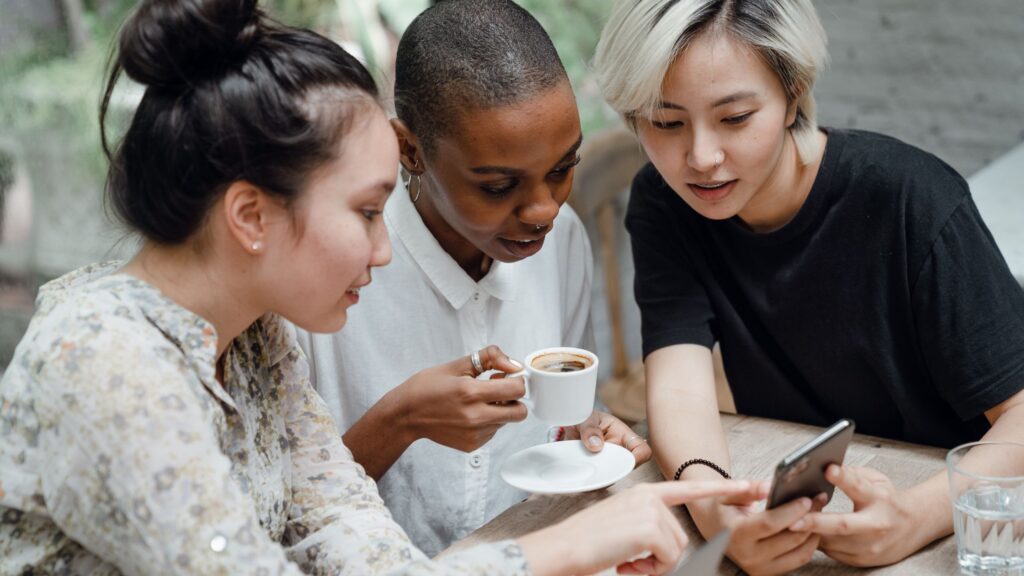
Why Social Media Feels Like the Problem (But Isn’t)
Whenever people talk about social media in the context of psychology and self-empowerment, it’s almost always painted as the bad guy. We hear it all the time: Social media is toxic. It’s ruining our attention spans. It’s making us miserable.
Even in casual conversations with friends, social media often gets labeled as one of the biggest evils of our time. And I get it. Well… almost. But here’s the thing—social media is just a tool.
Like fire, it can cook your food or burn your house down. The difference? How you use it.
I personally love Instagram and Pinterest. I’m a visual person, and the amount of beauty and inspiration I find there is endless. Sometimes I think back to my teenage years and how much I would have loved access to so much—stunning art, uplifting messages, effortlessly stylish women.
But let’s be real. It probably wouldn’t have gone that way. I would’ve ended up stuck in a cycle of scrolling through narcissistic TikToks, comparing myself to “perfect” models, wondering why my life wasn’t as exciting, why my body wasn’t as flawless, why my parents couldn’t buy me certain clothes, and ultimately, what was wrong with me.
The Real Issue: Passive Consumption vs. Active Curation
Most people use social media passively. They scroll without thinking, absorb whatever content is thrown at them, and wonder why they feel worse afterward. But developing healthy social media habits starts with understanding that social media isn’t inherently bad—it’s just unfiltered.
The problem isn’t social media itself. The problem is that many people don’t know how to navigate it, how to filter through the noise, or how to curate social media feed content that actually benefits them instead of just chasing short dopamine hits.
Studies from the American Psychological Association show that passive social media consumption is linked to increased feelings of depression and anxiety, while active engagement and intentional use can actually improve well-being and social connections.
And let’s be honest—most people aren’t even aware that they should be filtering what they consume. They just dive headfirst into the digital world, losing touch not only with their surroundings, family, and friends but with themselves.
It’s a lack of education, emotional intelligence, and self-awareness. As long as society values material comfort and luxury over genuine education, nothing will change. People will keep using social media for quick happiness, mindless escapism after work, and even as a replacement for real-life relationships.
But this isn’t a post about the dangers of social media. I’m not here to complain. I love social media when used effectively. It gives me the chance to create and connect with incredible people and ideas. I can write, make videos, share my art, and build a community around it. And let’s be real—being seen and appreciated feels good.
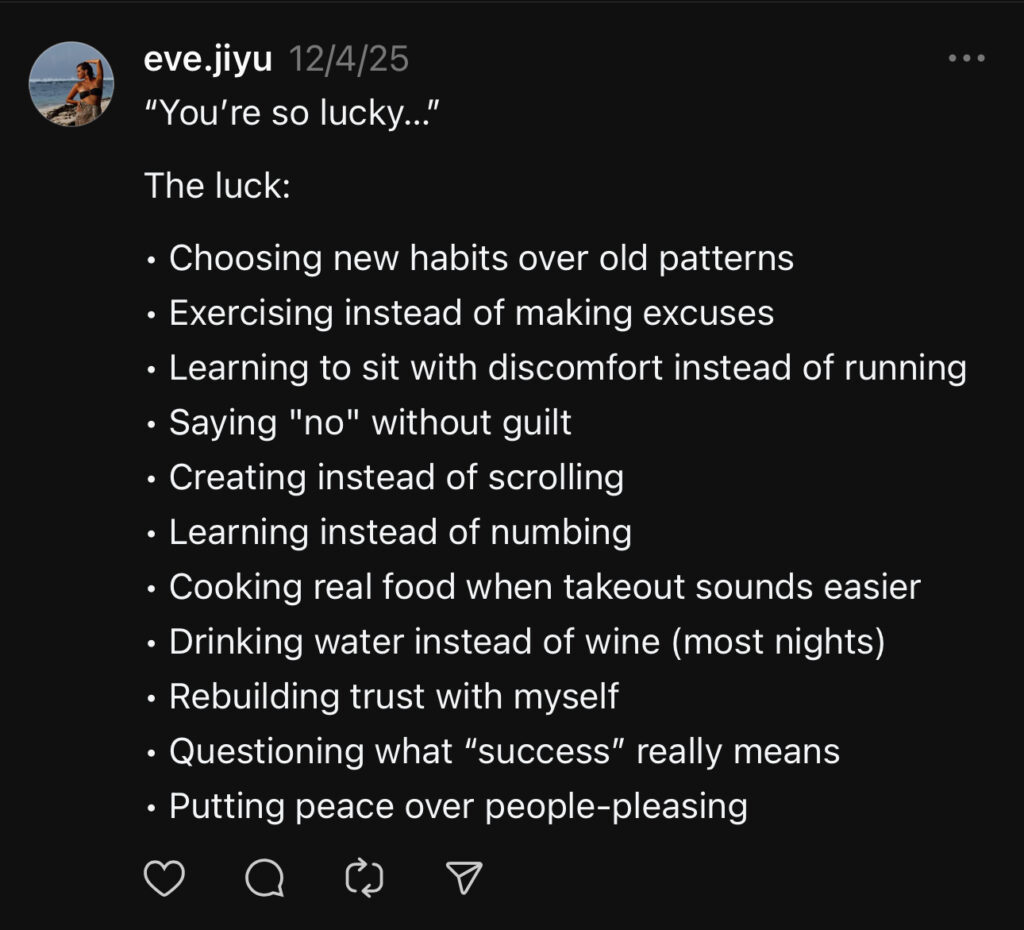
On top of that, it can even be a source of income. So many people have quit their traditional jobs and now sell their art, ideas, and creativity online. No more paying for newspaper ads or hunting down distributors and publishers. You can do it all yourself—you just have to be bold enough to try.
The truth is, you have more control over your feed than you think. Instead of mindlessly consuming whatever the algorithm throws at you, start curating your experience. What you see, who you follow, and how much time you spend on social media are all choices.
It’s time to stop blaming the apps and start taking ownership of your digital world. Here’s how to use social media effectively.
5 Proven Steps to Transform Your Social Media Experience
1. Audit Your Feed for Maximum Impact
Take five minutes right now and scroll through your following list. Ask yourself: Does this person inspire me? Do they add value to my life? If not, unfollow—or mute them if you want to keep the peace. Your feed should lift you up, not bring you down.
When you curate social media feed content intentionally, you’re essentially programming your daily dose of inspiration. Follow accounts that align with your goals, values, and the person you want to become. Unfollow accounts that make you feel inadequate, angry, or drained.
Pro tip: Use the “mute” feature liberally. You can mute keywords, phrases, and even entire topics that consistently bring negative energy to your experience.
2. Set Smart Consumption Boundaries
If social media is draining you, it’s probably because you’re using it on autopilot. Establishing social media boundaries is crucial for maintaining your mental health and productivity. Try these healthy social media habits:
- No social media for the first hour after waking up – Start your day with intention, not distraction
- Set a 30-minute daily limit (use built-in screen time controls on your phone)
- No scrolling before bed – Swap it for a book or journaling instead
- Designated “social media windows” – Check apps only at specific times
A study published in Technology, Mind, and Behavior found that young adults who limited their social media use to 30 minutes per day experienced significant reductions in anxiety, depression, loneliness, and fear of missing out compared to those with unrestricted use.
3. Follow with Clear Intention
Instead of letting algorithms dictate what you see, take control. Follow people who inspire, educate, or positively entertain you. Seek out creators who align with your goals, values, and interests.
Building healthy social media habits means being selective about your digital influences. Just as you wouldn’t invite negative people into your living room every day, don’t allow them into your digital space either.
Categories to consider following:
- Educational content creators in your field
- Artists and creators who inspire you
- Thought leaders who challenge you positively
- Communities focused on your hobbies or interests
- Accounts that share practical tips and resources
4. Create More Than You Consume
Instead of just watching others live their lives, start sharing your own. You don’t need to be an influencer—just share what brings you joy. A photo of your morning coffee, a thought you had today, a small win you’re proud of.
Shifting from passive consumer to active creator will completely change how you use social media effectively. When you create content, you engage different parts of your brain and build confidence in expressing yourself authentically.
Simple ways to start creating:
- Share one thing you learned today
- Post photos of everyday moments that make you happy
- Write short captions about your experiences
- Share book recommendations or helpful resources
- Document your progress on personal goals
5. Schedule Regular Digital Detoxes
Even with the best intentions, social media can still be overwhelming. A social media detox doesn’t have to be permanent—it can be a regular reset that helps you maintain perspective and reconnect with offline life.
Try these detox strategies:
- 24-hour unplugged challenge – Delete apps for one full day
- Weekend digital sabbath – One weekend per month completely offline
- Week-long app deletion – Remove social apps when you need a deeper reset
- Notification-free evenings – Turn off all social media notifications after 6 PM
According to research from the University of Pennsylvania, participants who limited social media use to 30 minutes per day for just one week showed reduced loneliness and depression compared to the control group.
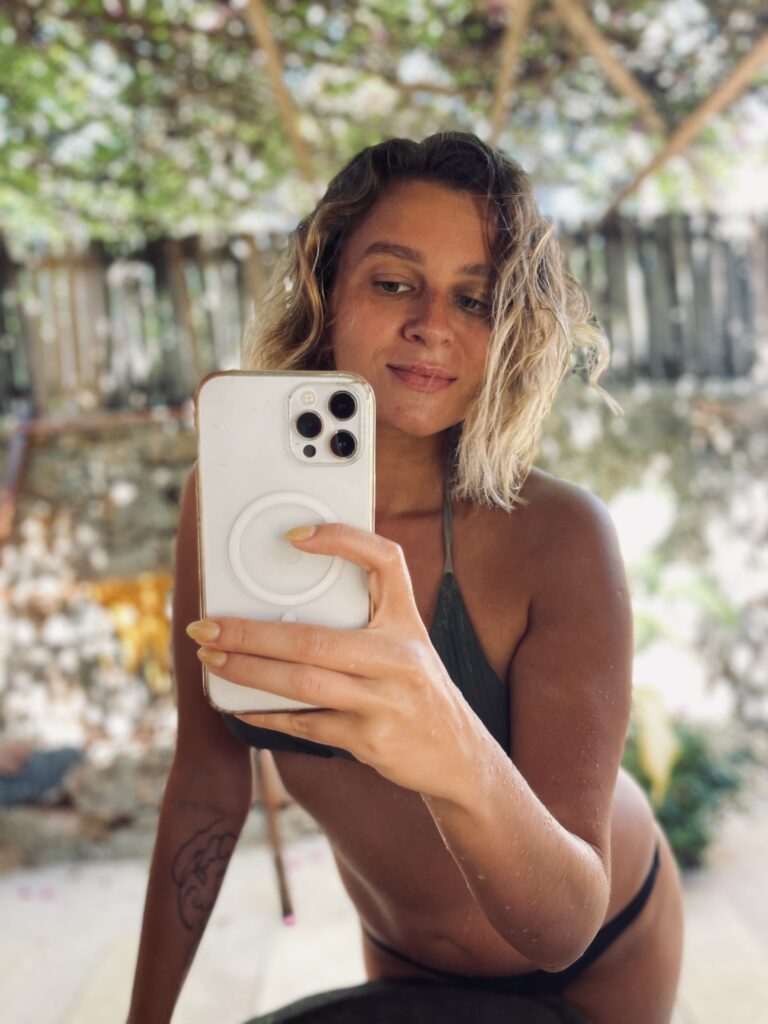
Taking Control: Your Action Plan
Social media can be a black hole of negativity, or it can be a powerful tool for learning, connection, and creativity. The difference? How you use it.
Instead of letting social media control you, take charge. When you curate social media feed content thoughtfully, set clear social media boundaries, and practice healthy social media habits consistently, you transform these platforms from time-wasters into valuable resources.
Learning how to use social media effectively isn’t about perfection—it’s about intentionality. It’s about making conscious choices about what you consume, when you consume it, and how you engage with digital content.
Your challenge: Unfollow five accounts right now that don’t serve you. Then, set a screen time limit for tomorrow. Small steps lead to big changes in developing sustainable, healthy social media habits.
Remember: The goal isn’t to eliminate social media entirely, but to use it as a tool that enhances your life rather than detracts from it. When you master how to use social media effectively, these platforms become powerful allies in your personal growth journey.
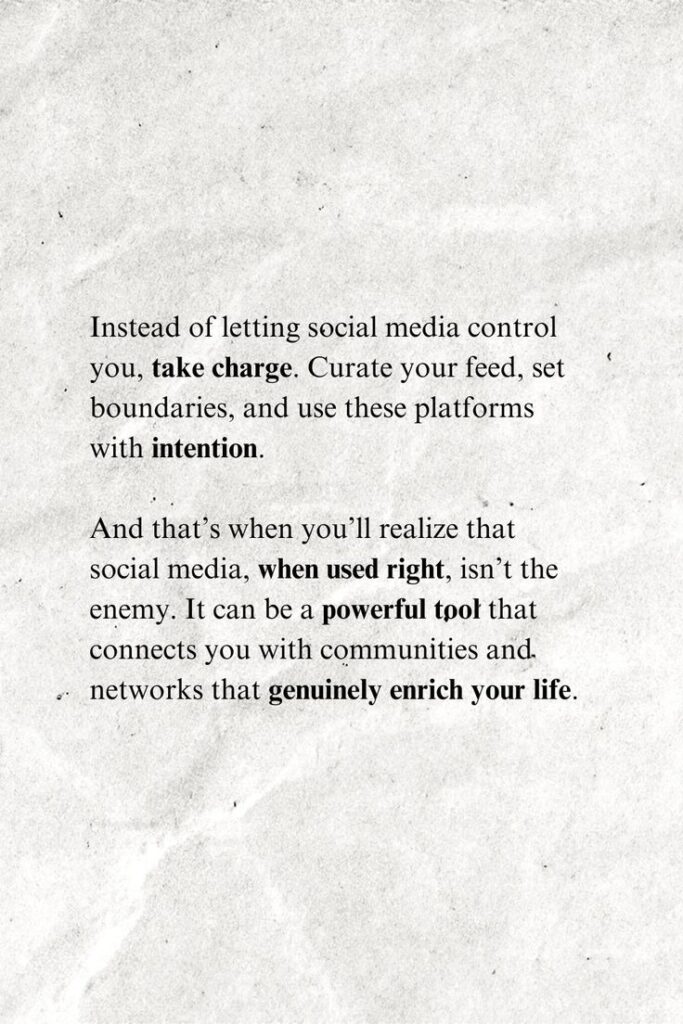
Frequently Asked Questions
How much time should I spend on social media daily?
Experts recommend limiting social media use to 30 minutes per day for optimal mental health. Set app timers in your phone settings and stick to designated browsing windows to maintain healthy social media boundaries.
What are signs of unhealthy social media use?
Warning signs include feeling anxious after scrolling, constantly comparing yourself to others, losing track of time while browsing, checking apps compulsively, and feeling worse about your life after social media sessions.
How do I stop mindless scrolling?
Practice intentional engagement by setting specific goals before opening apps, using app timers, regularly auditing your feed, and asking yourself “What am I looking for?” before each social media session.
How often should I do a social media detox?
Consider doing a 24-hour social media detox weekly, a weekend detox monthly, or a week-long detox quarterly. Listen to your mental state and detox when you notice social media negatively impacting your mood or productivity.
What’s the best way to curate my social media feed?
Regularly audit who you follow, unfollow accounts that make you feel negative emotions, use mute features for triggering content, and actively seek out accounts that inspire, educate, or entertain you in positive ways.





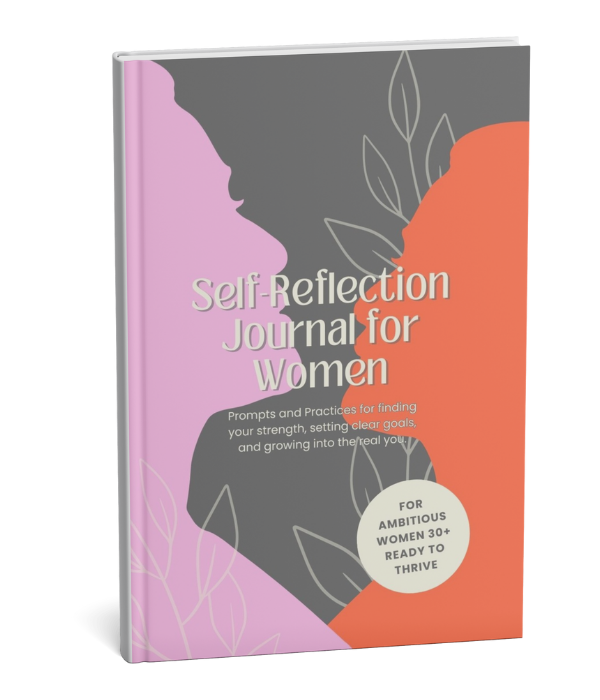








0 Comments